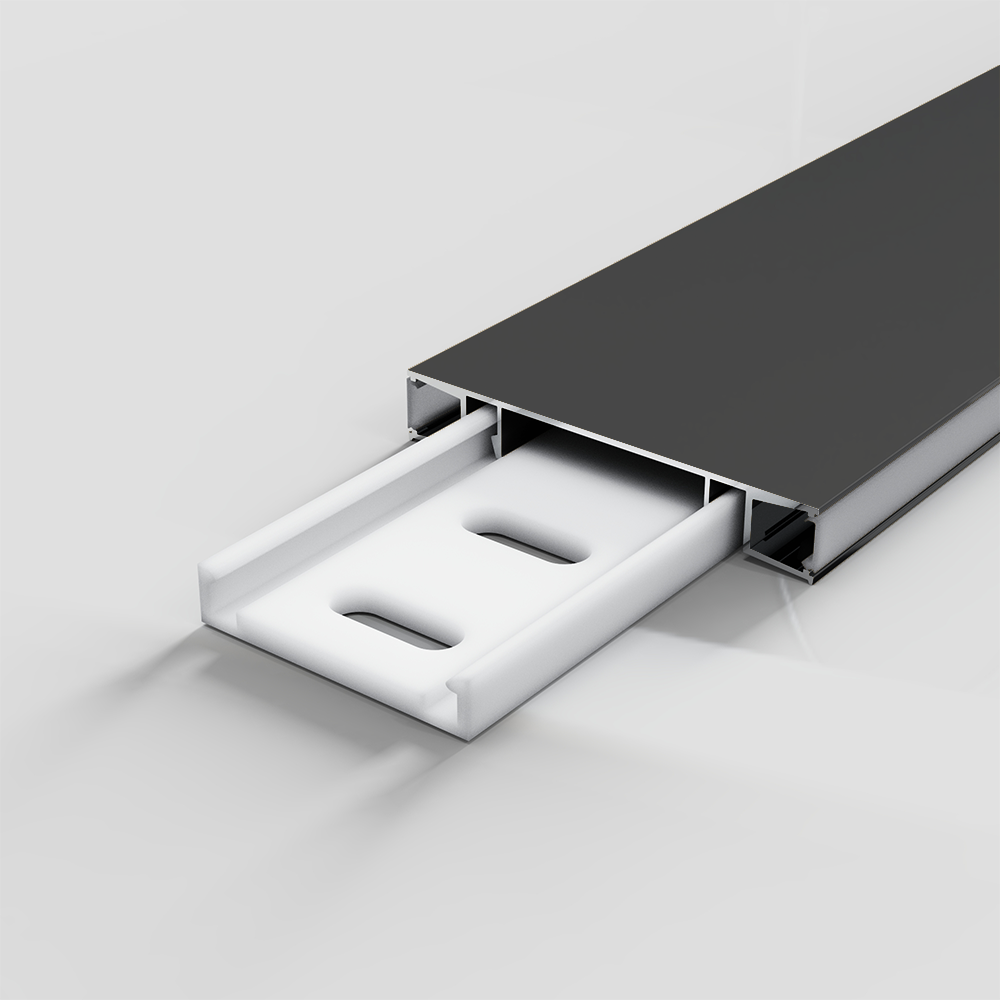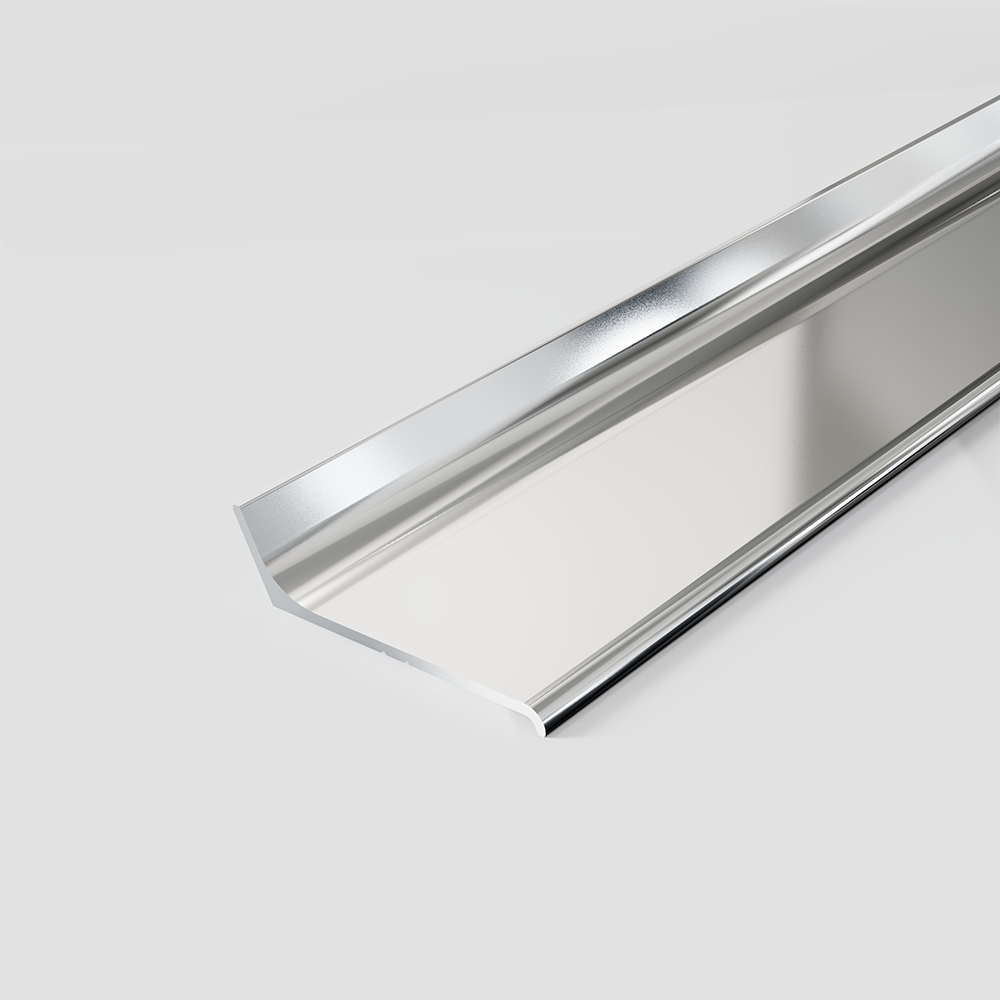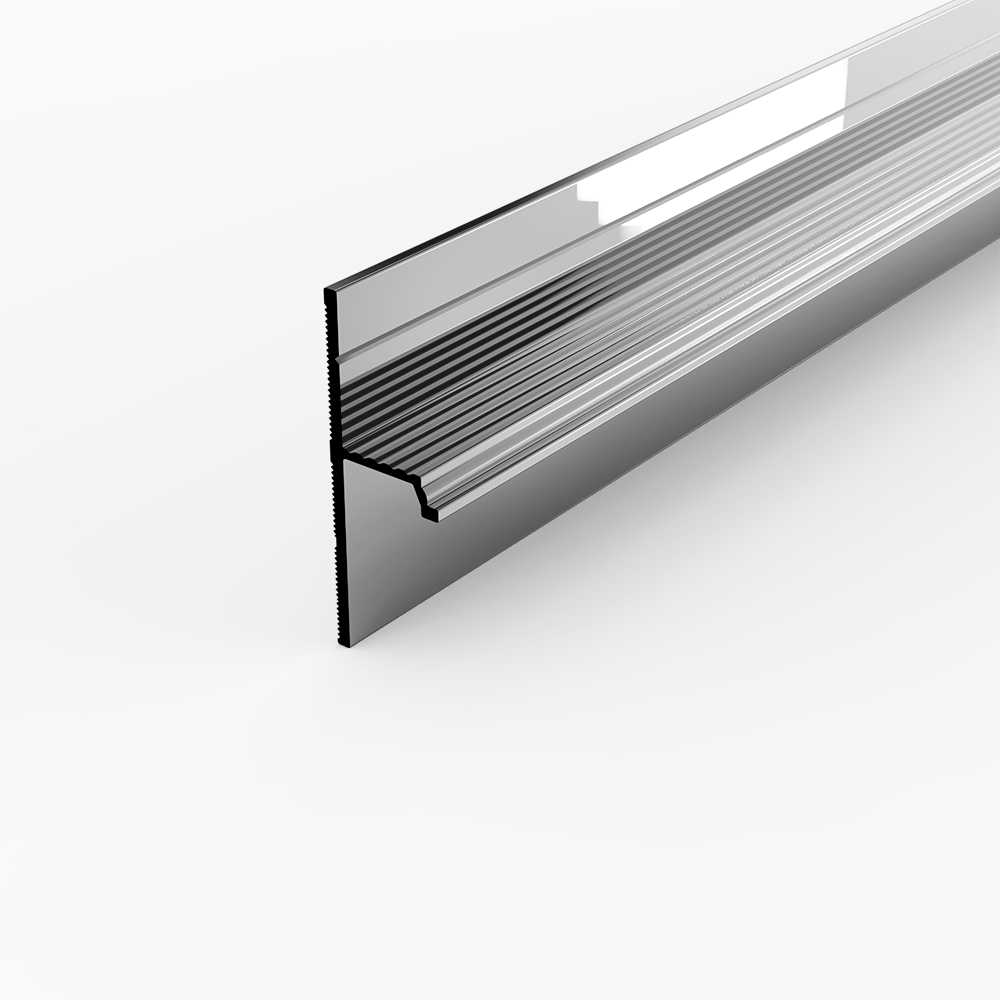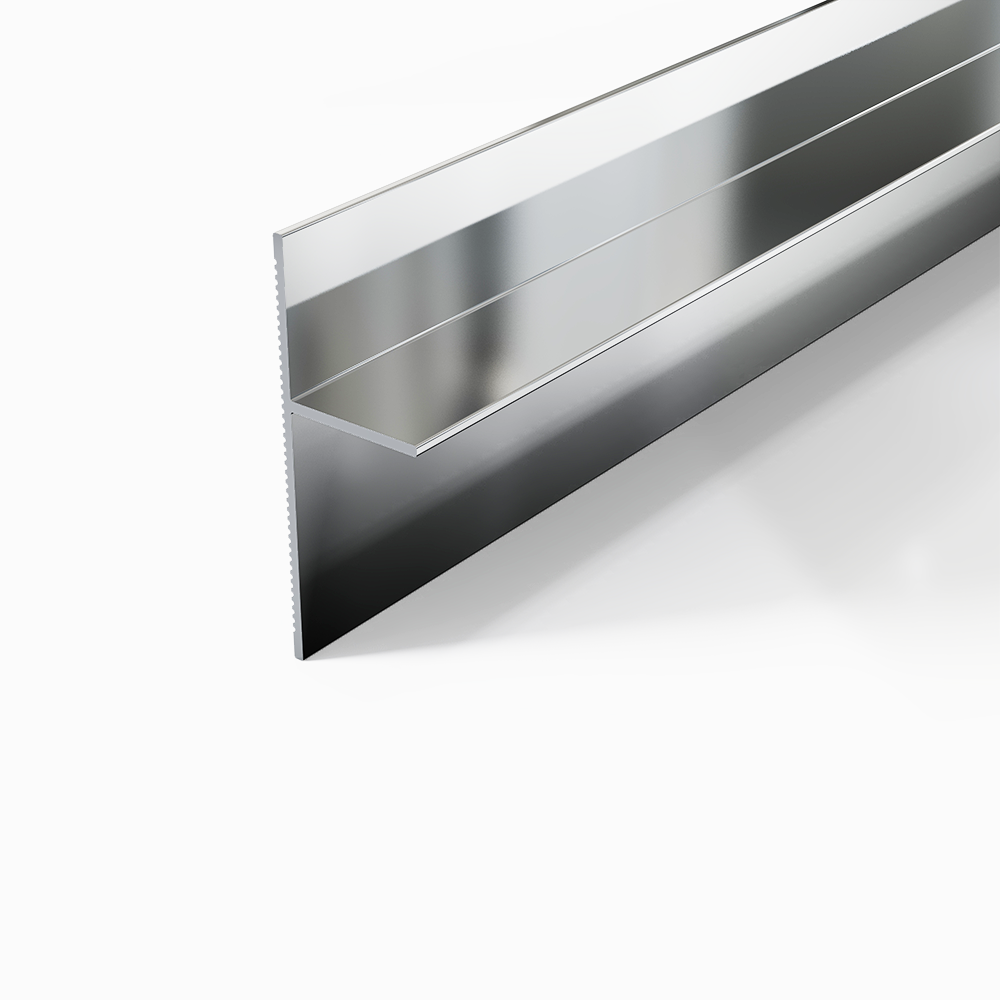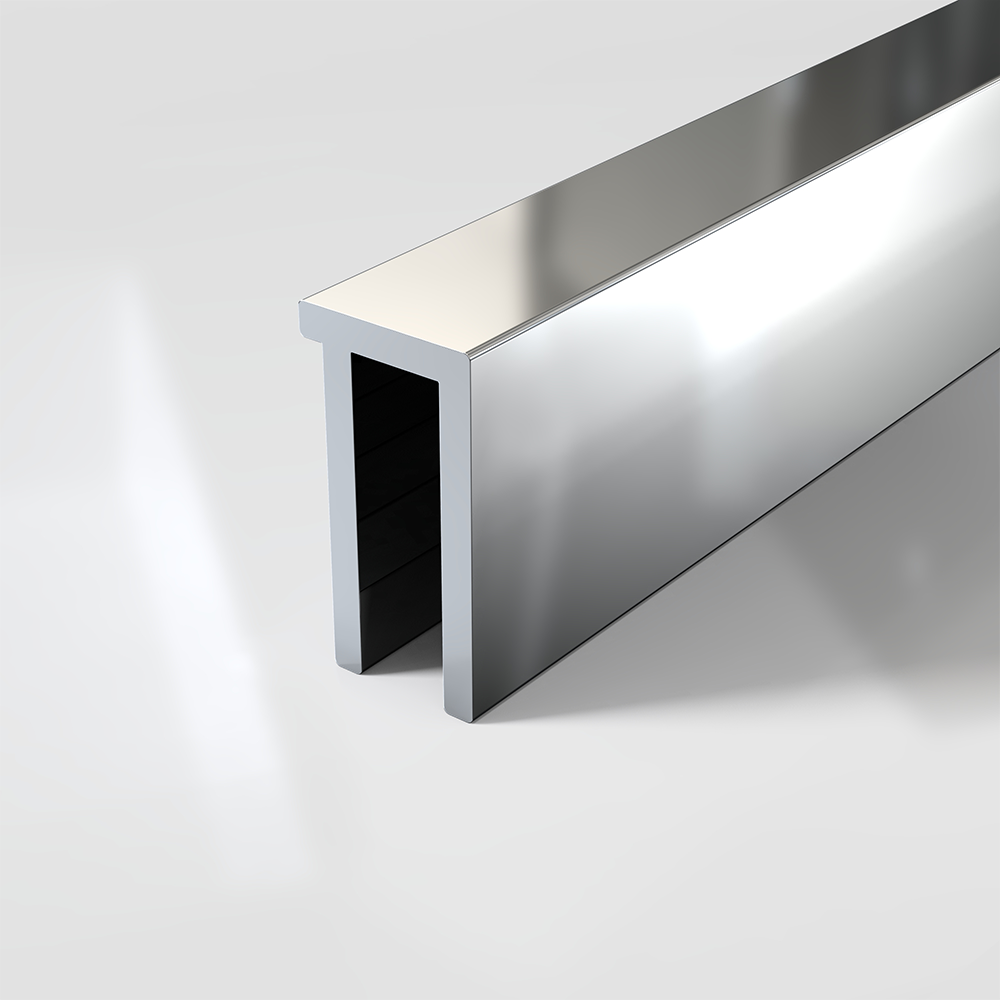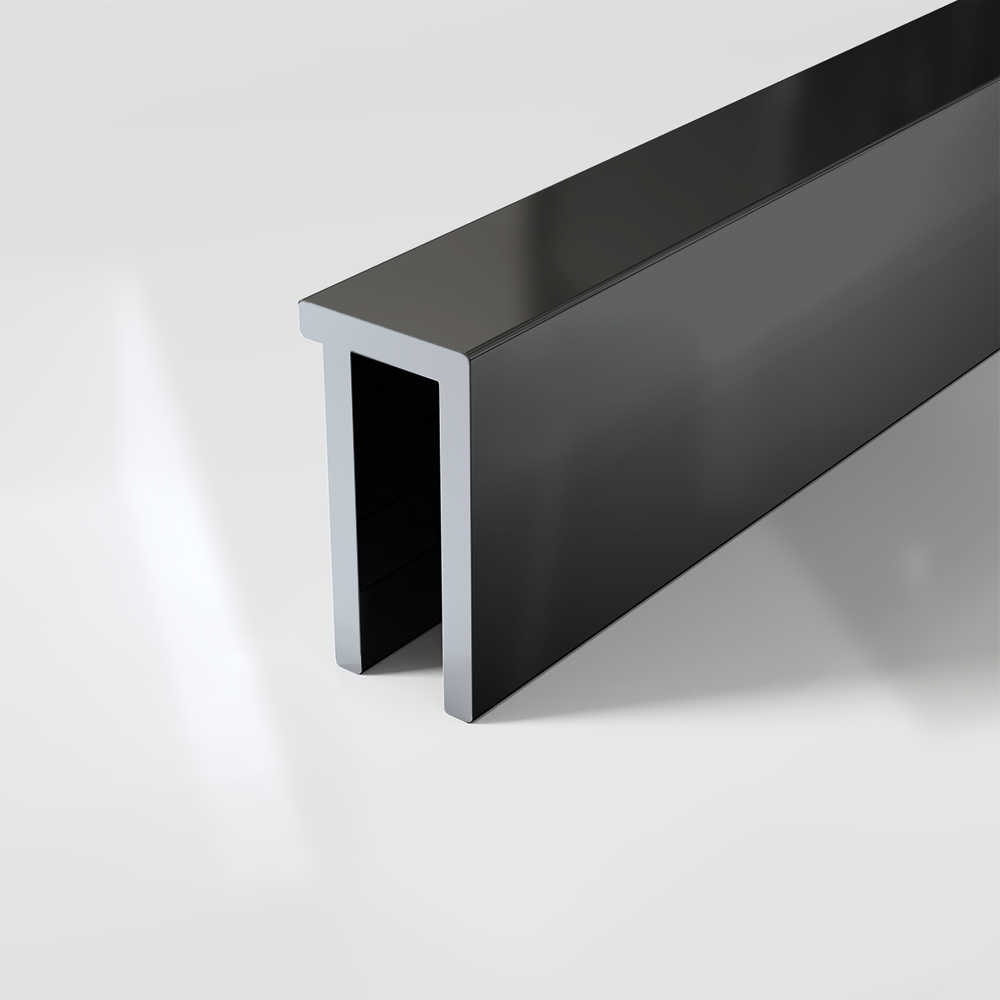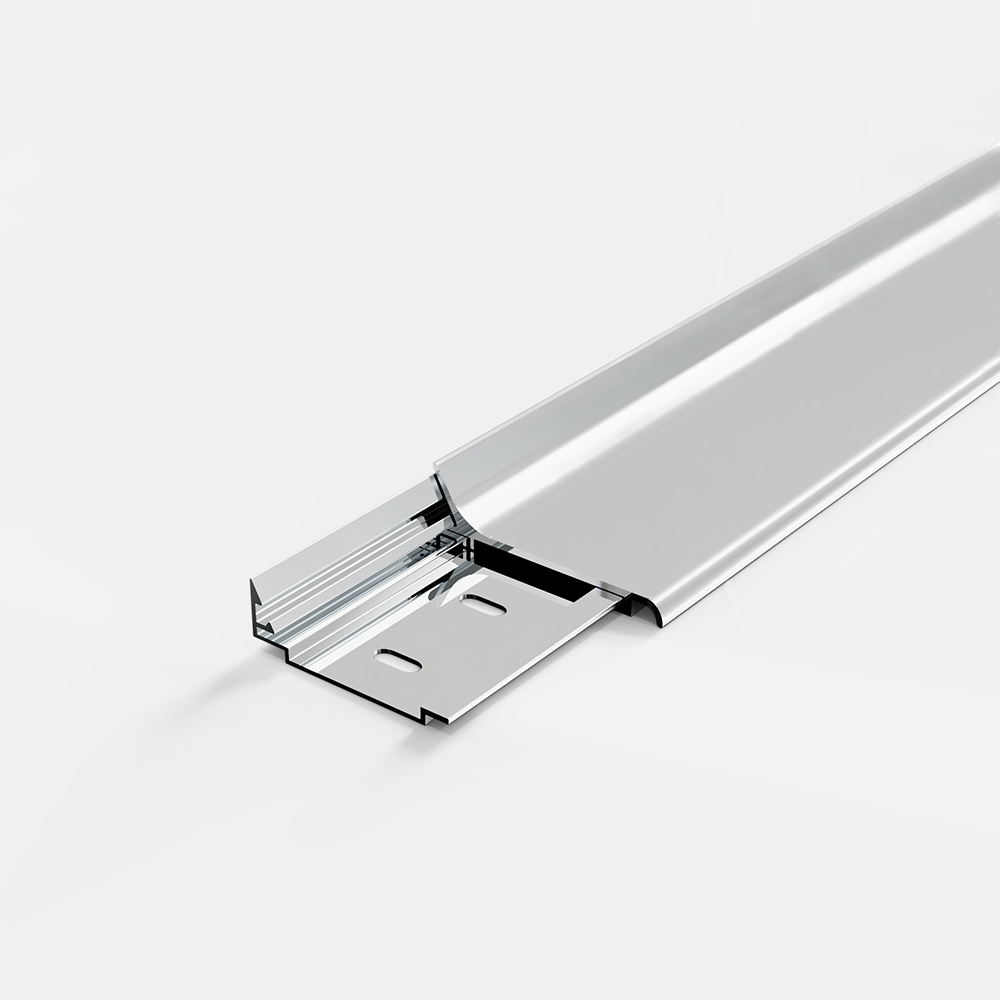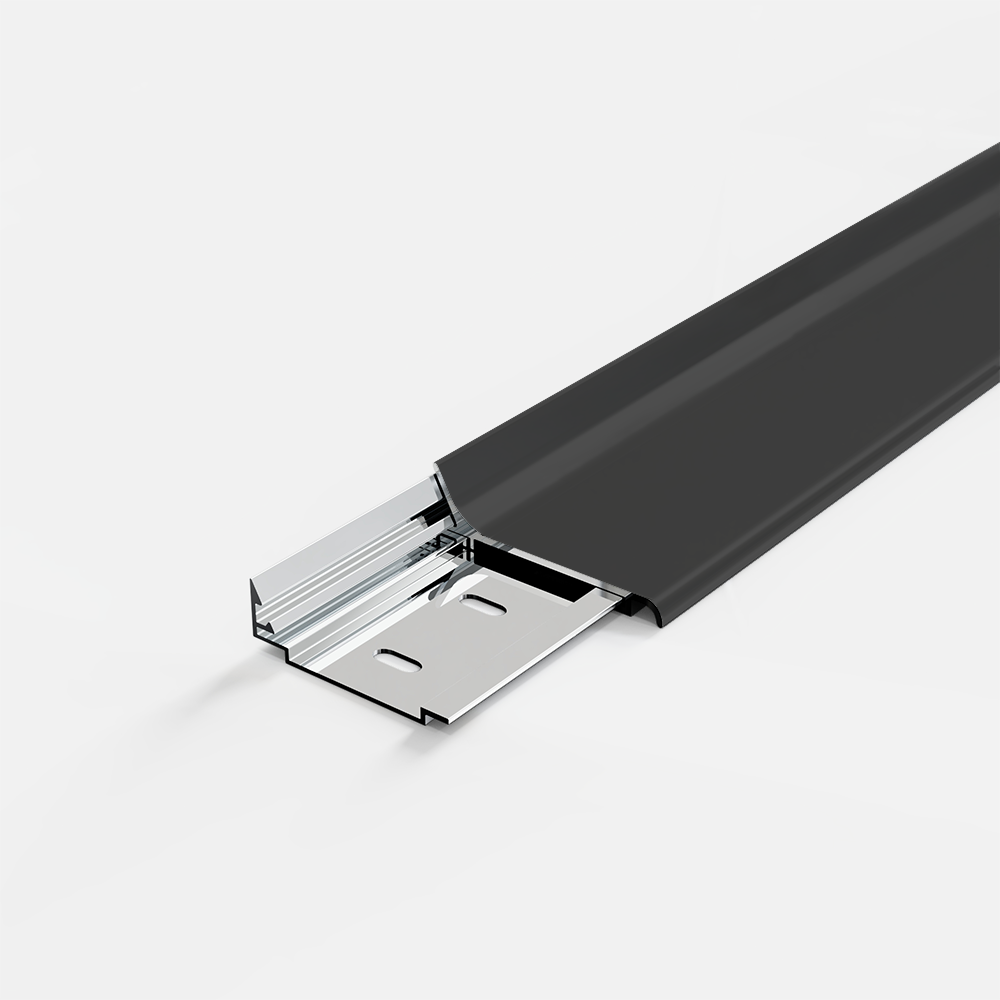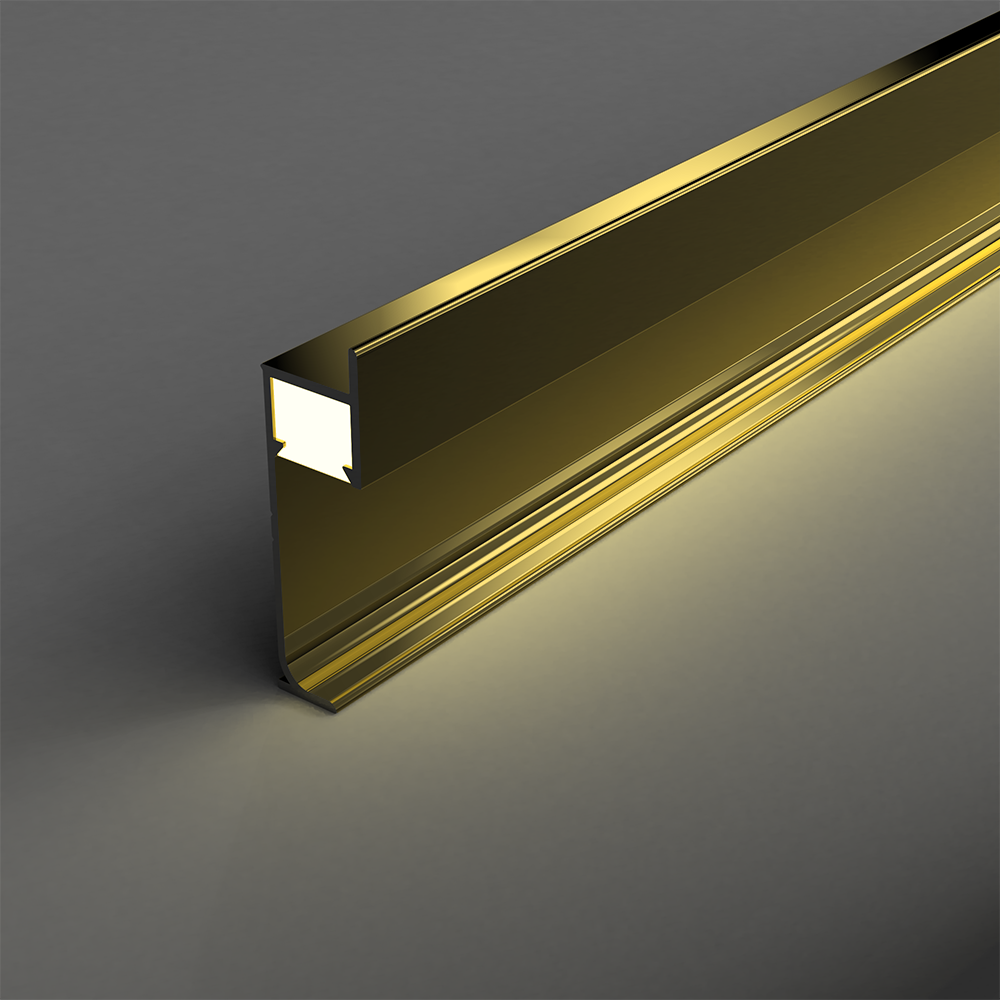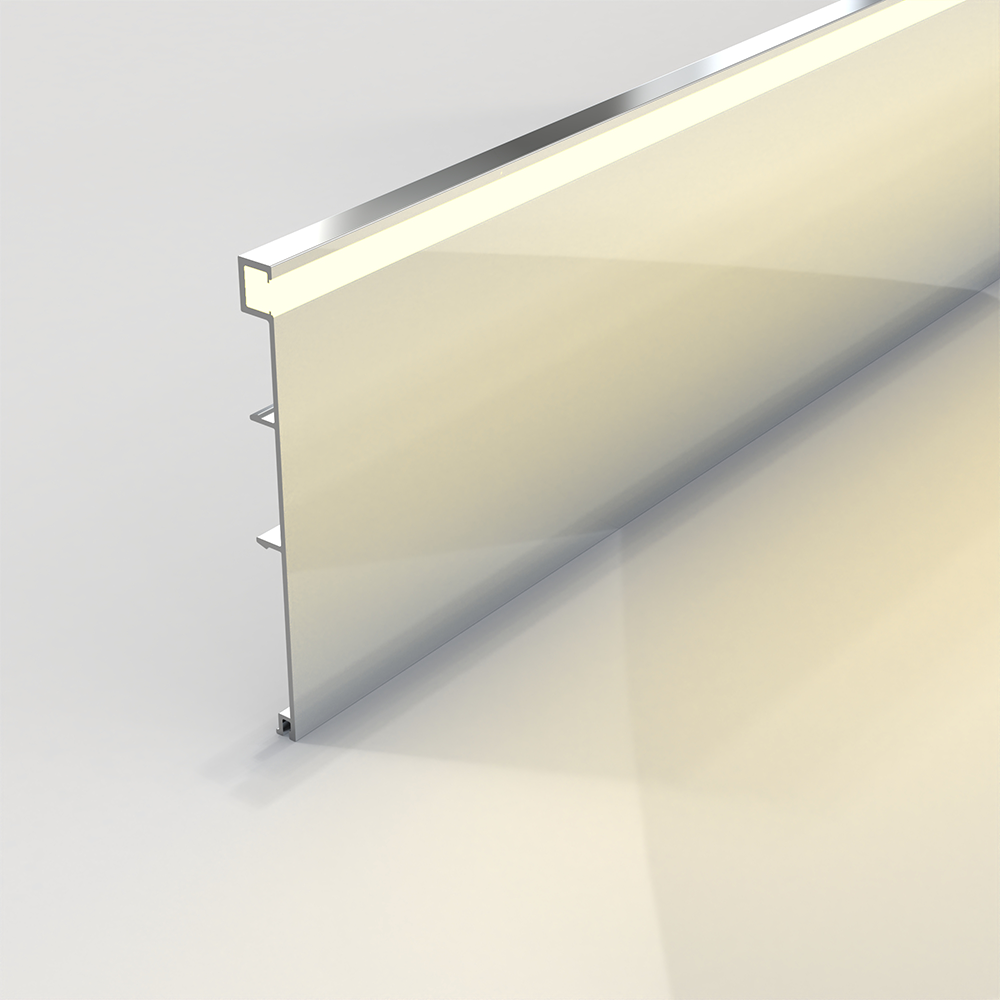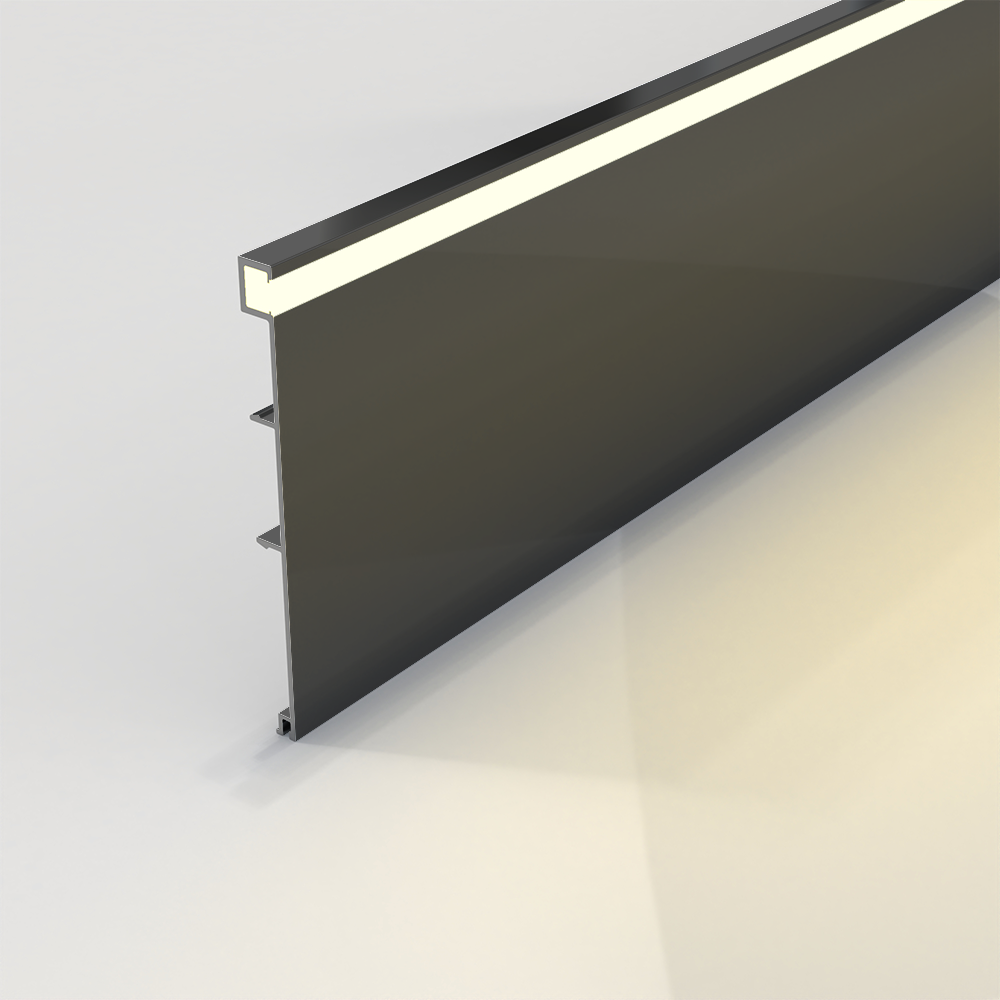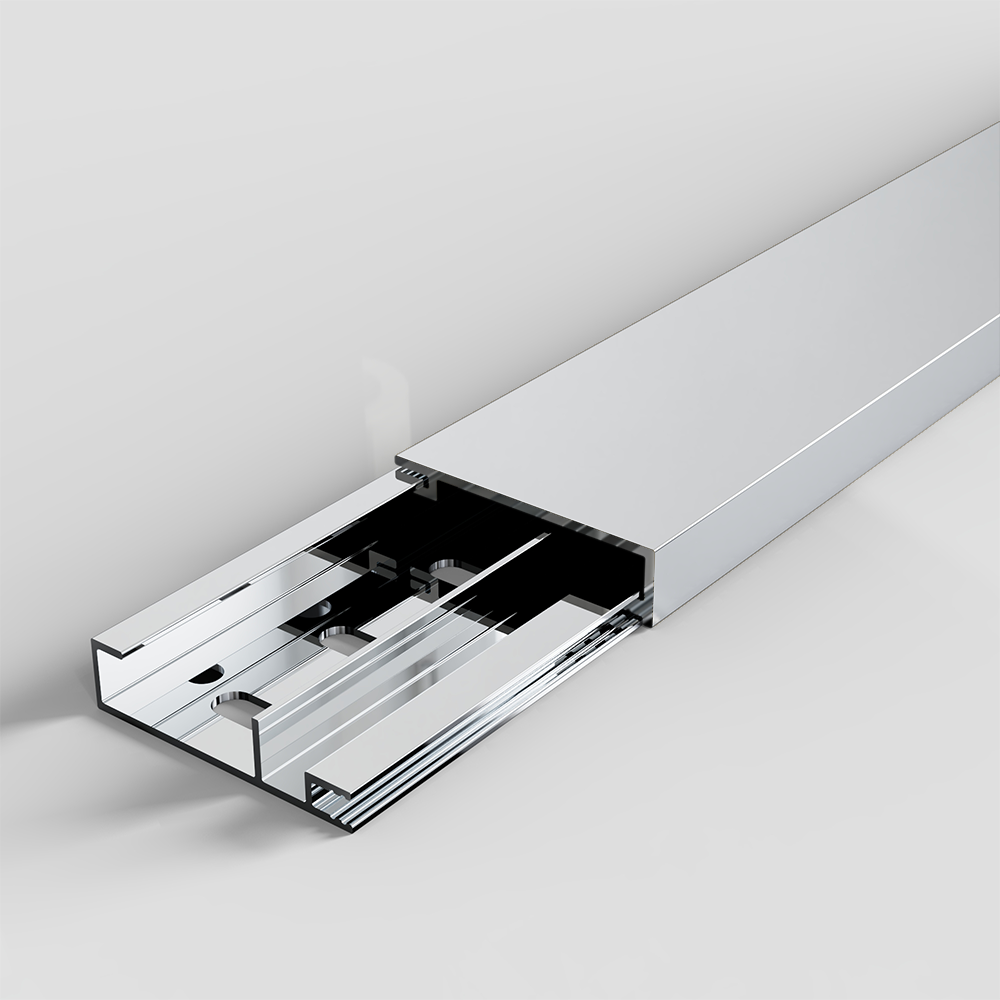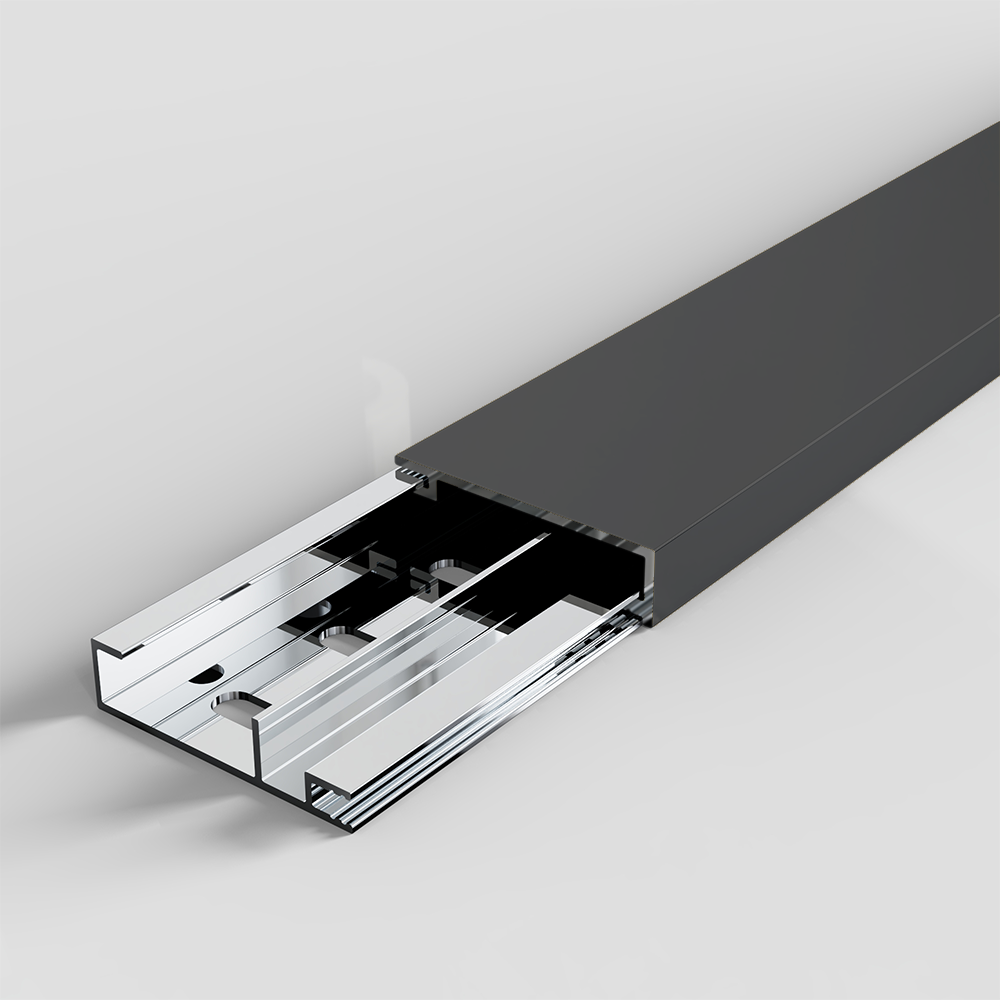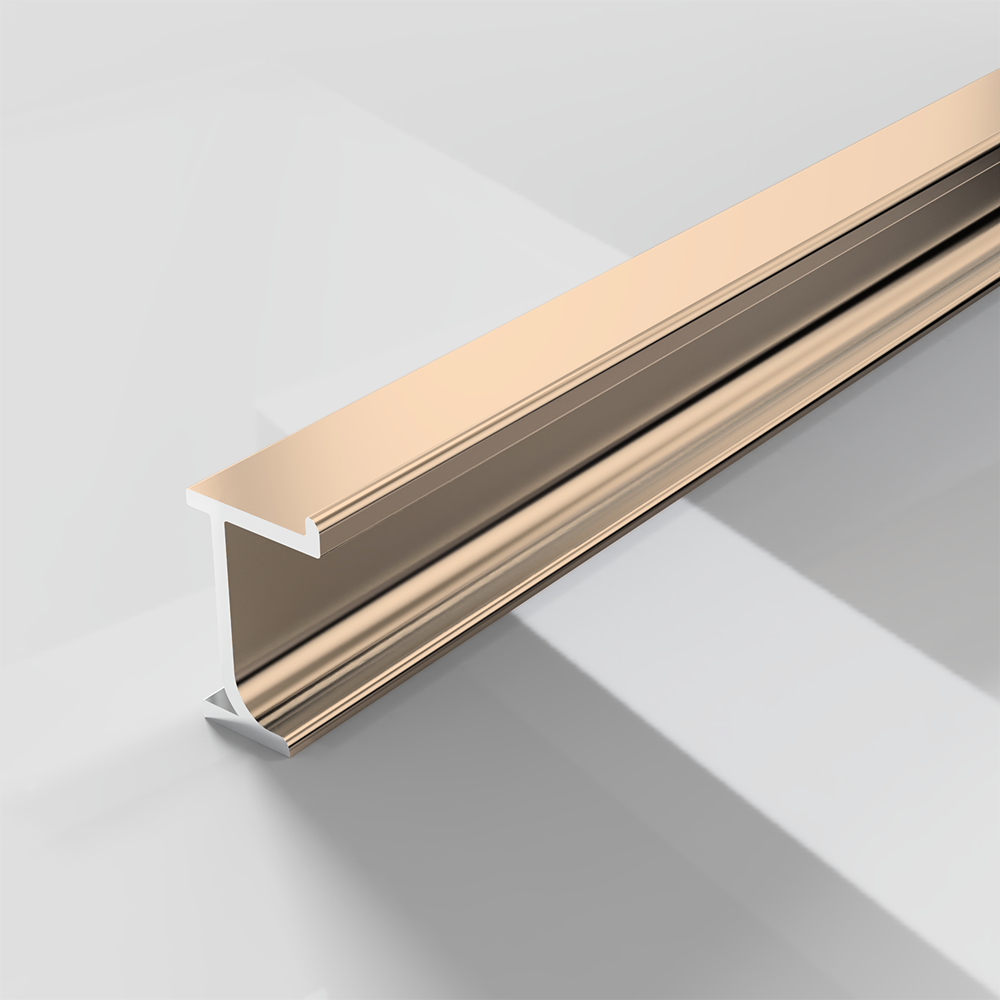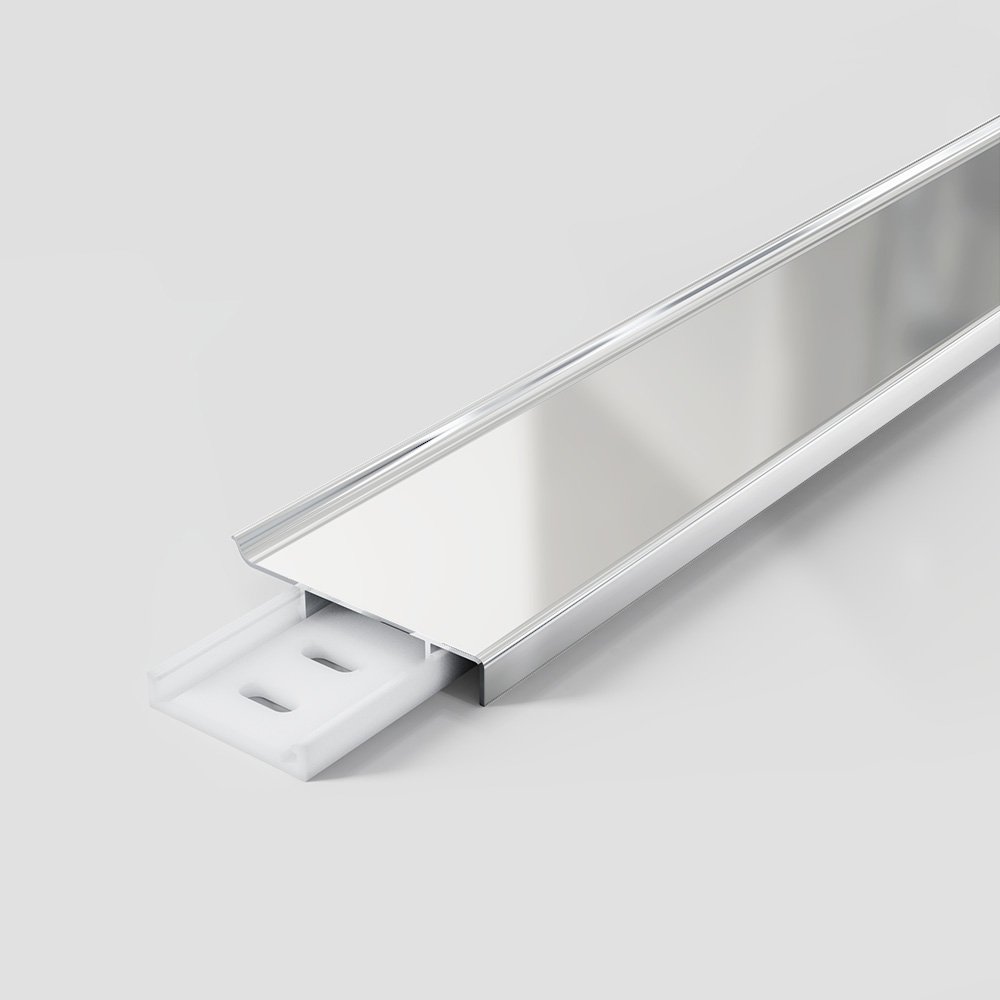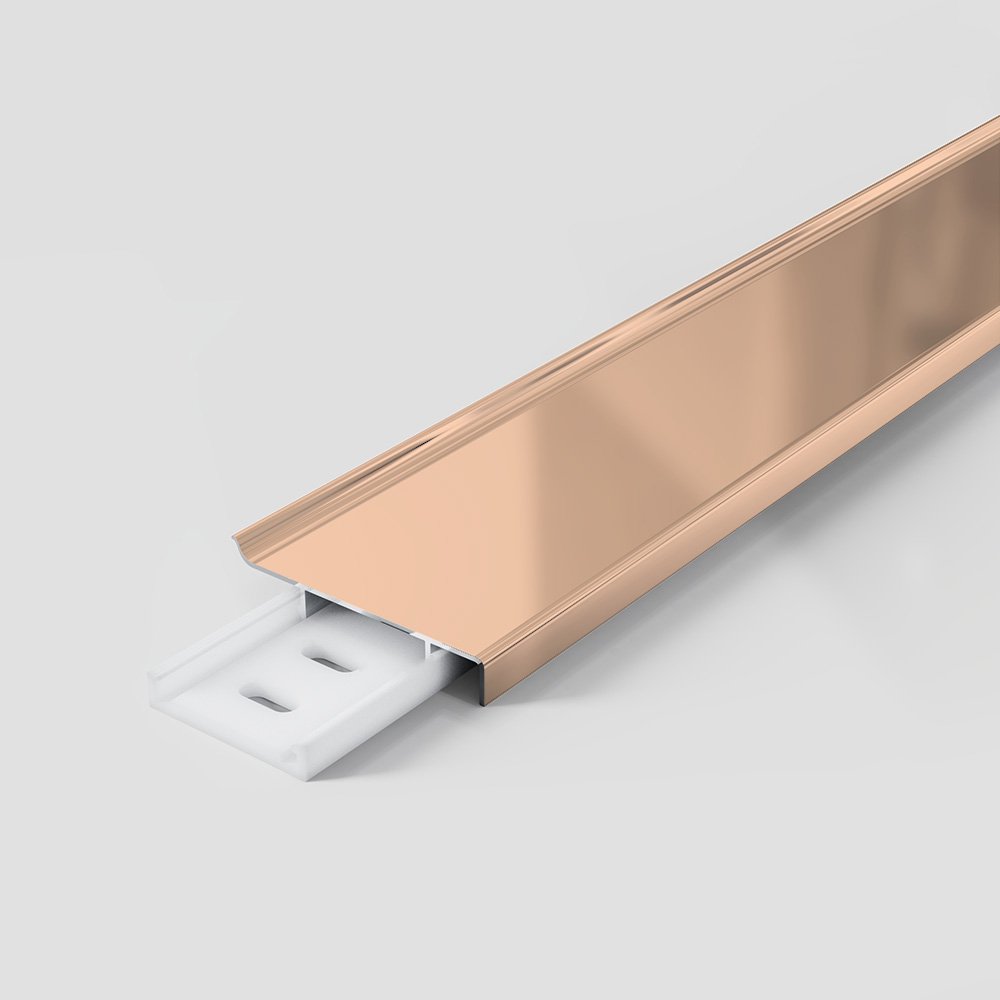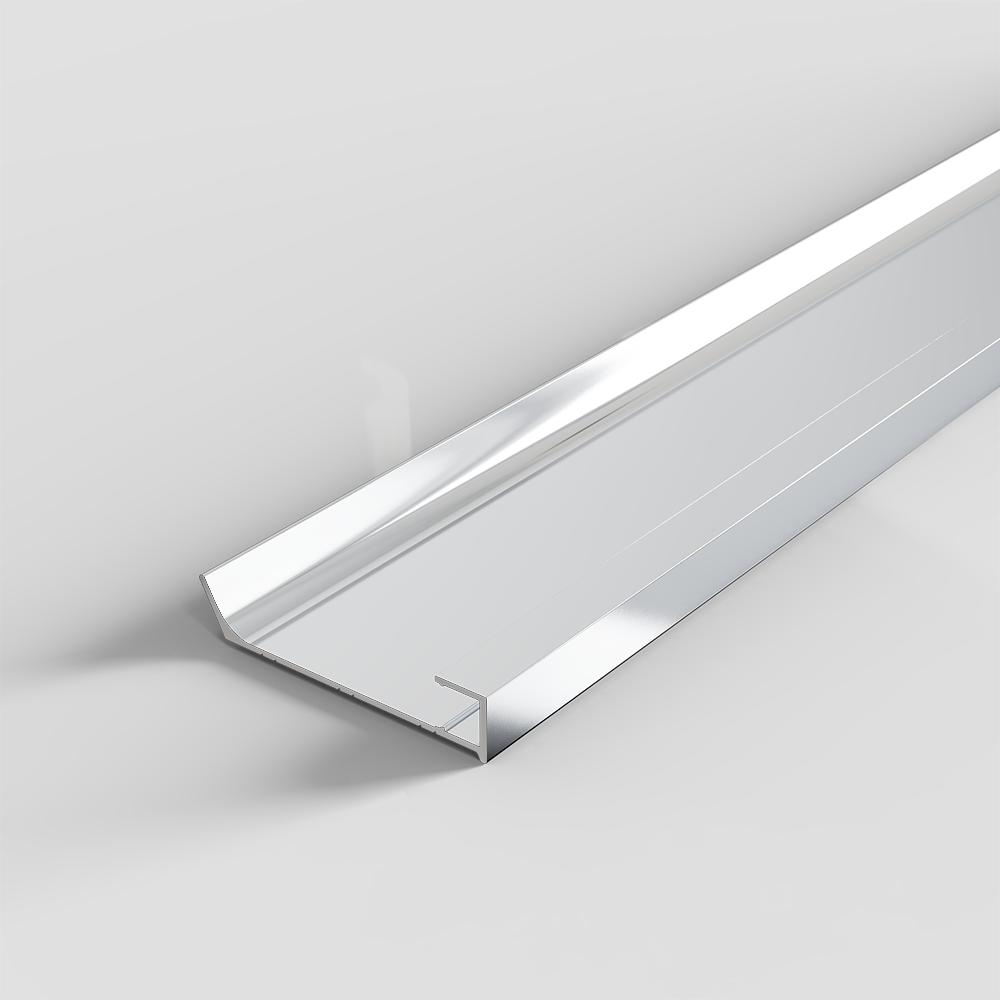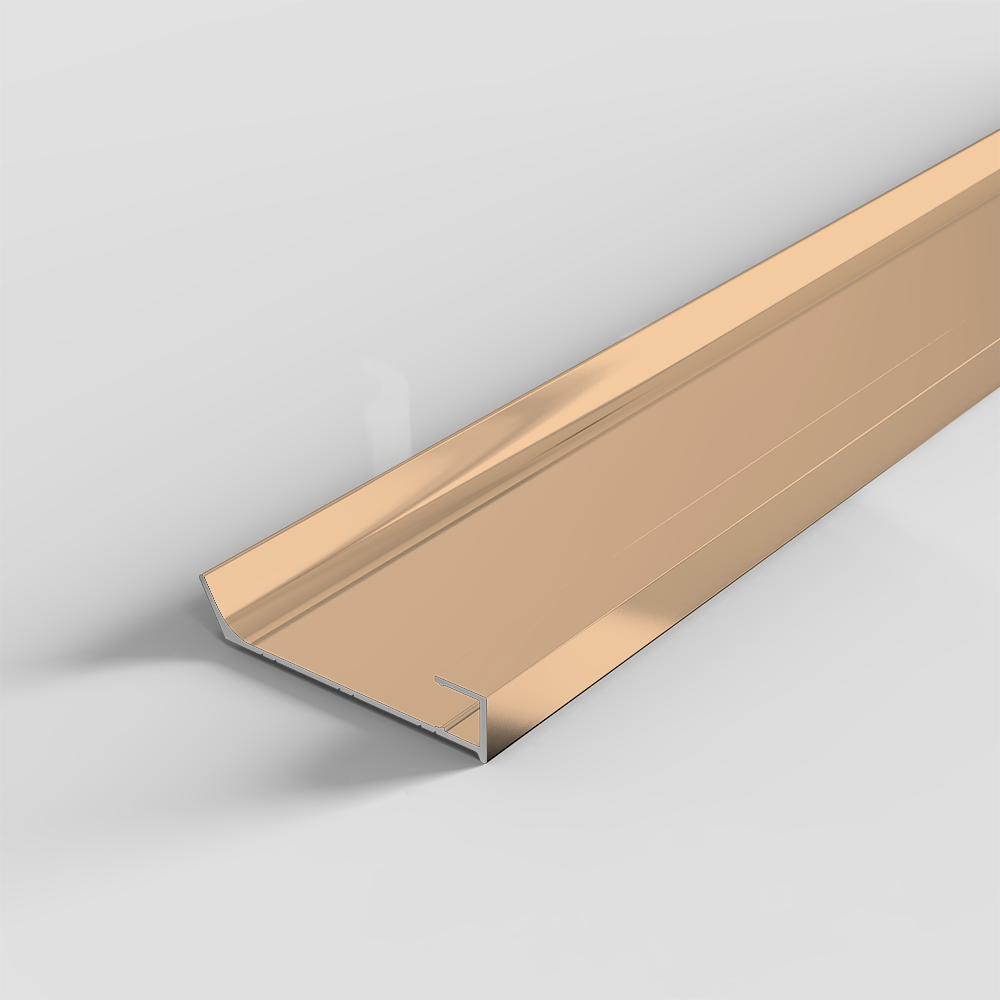Hidden Skirting Boards: Transform Minimalist Renovations
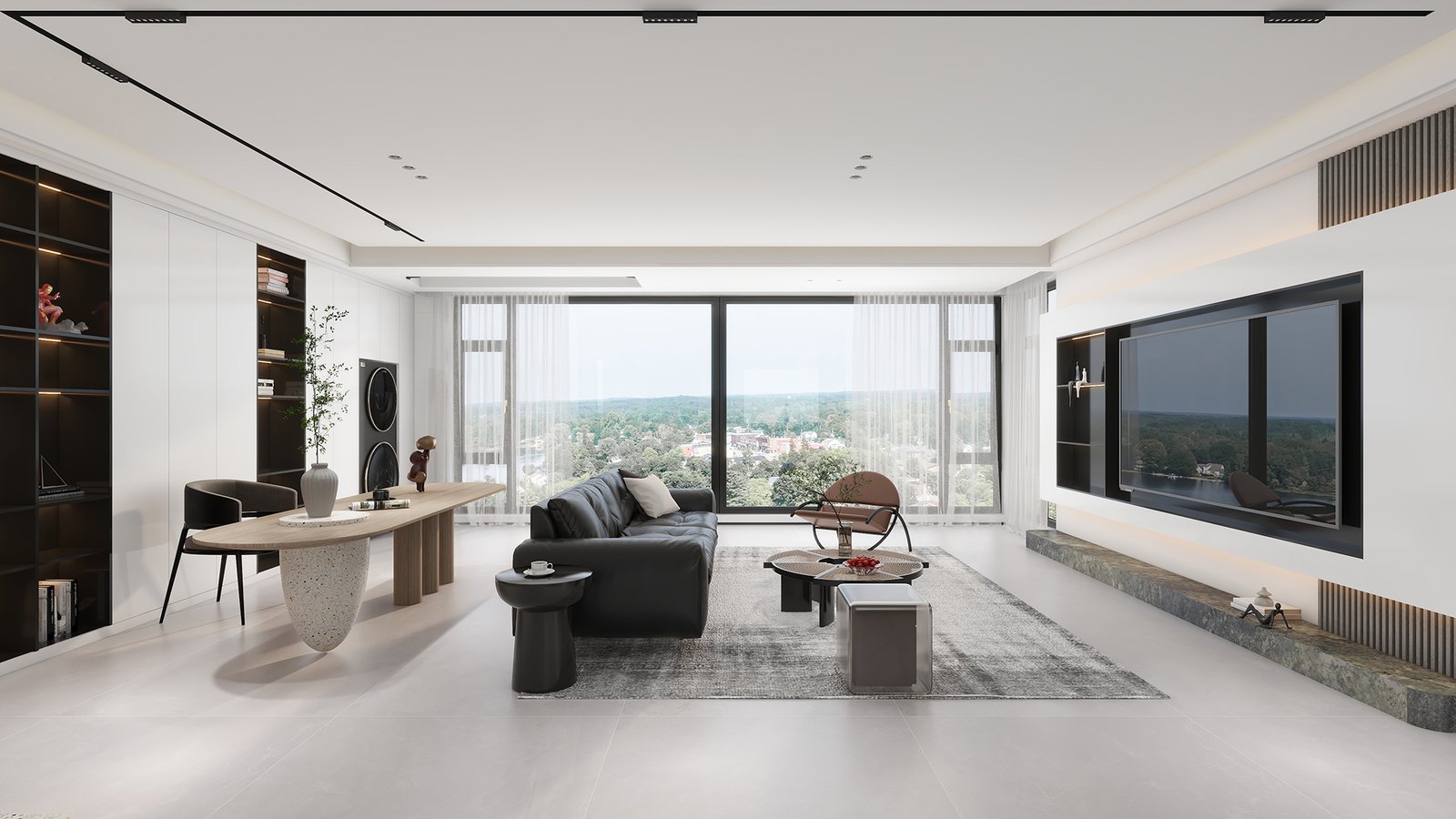
Why Choose Hidden Skirting Boards for Minimalist Styles?
In minimalist renovation, every detail counts toward achieving a clutter-free, elegant space. Hidden skirting boards, also known as flush or shadowline baseboards, integrate seamlessly with walls and floors, eliminating bulky edges that can disrupt the serene flow of a room. This design choice aligns perfectly with the "less is more" philosophy, allowing furniture to hug walls tightly and maximizing usable space.
Aesthetic and Functional Advantages
These boards not only refine the visual harmony but also serve protective purposes. By concealing imperfections at the wall-floor junction, they prevent scuffs and dust accumulation, which is especially useful in high-traffic areas like living rooms or kitchens. Materials such as anodized aluminum or primed MDF ensure durability and easy maintenance, fitting the low-effort upkeep of minimalist lifestyles.
For instance, in a typical minimalist setup with neutral tones, hidden skirting boards create an illusion of floating floors, amplifying the room's sense of openness. Experts note that this subtle element can elevate a standard renovation to a sophisticated, gallery-like interior.

Integration Tips for Your Project
When planning your minimalist renovation, opt for profiles that match your wall finish—whether matte lacquer or natural wood veneers. Professional installation is key to achieving that flawless flush fit, often involving recessing the base during construction.
Hidden skirting boards have emerged as a cornerstone of contemporary interior design, particularly within the minimalist renovation paradigm. This article delves into their pivotal role, drawing from architectural trends and practical applications to illustrate why they are indispensable for homeowners seeking a refined, unobtrusive aesthetic. As minimalist styles continue to dominate in 2025, with an emphasis on sustainability and seamless integration, understanding hidden skirting boards becomes essential for any renovation project aiming for timeless elegance.
Understanding Hidden Skirting Boards
Hidden skirting boards, often referred to as flush-to-wall or shadowline skirtings, represent a departure from traditional protruding baseboards. These innovative profiles are designed to sit perfectly level with the wall surface, creating an invisible boundary between the floor and vertical planes. In minimalist interiors, this invisibility is not just a feature—it's the defining trait that supports the style's core tenets of simplicity, functionality, and visual purity.
Originating from modern architectural movements, hidden skirting boards gained prominence in the mid-20th century with the rise of Bauhaus influences, but their popularity has surged in recent years due to advancements in materials like moisture-resistant aluminum and versatile MDF composites. Unlike conventional skirtings that add bulk and ornamentation, these hidden variants prioritize subtlety, making them ideal for spaces where every inch of visual real estate matters.
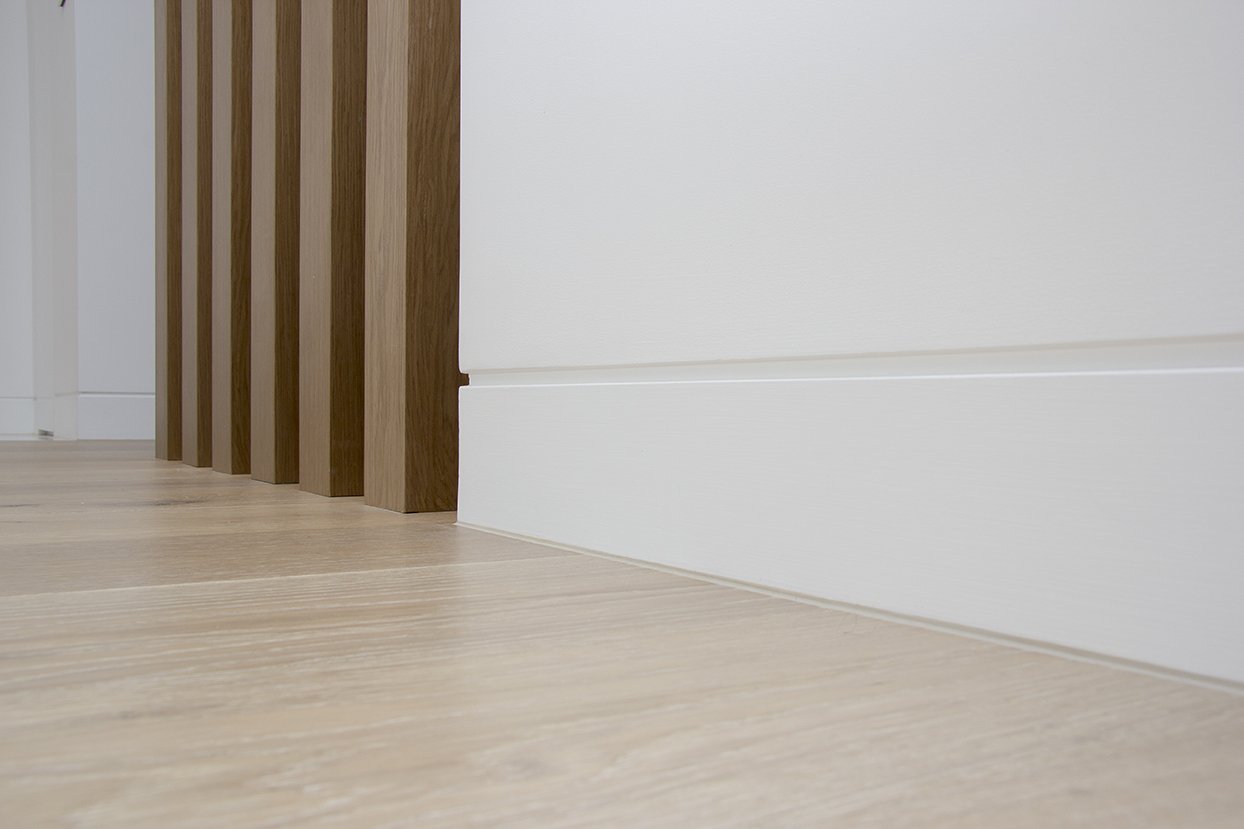
The Profound Importance in Minimalist Renovation Styles
In the context of minimalist renovation, hidden skirting boards are more than mere trim—they are architectural enablers that amplify the style's emphasis on clean lines and negative space. Minimalism thrives on the absence of distraction, and protruding skirtings can inadvertently draw the eye, fragmenting the room's cohesion. By contrast, hidden skirting boards foster a monolithic wall plane, where the floor appears to merge effortlessly with the structure, evoking a sense of expansiveness even in compact urban apartments.
This seamless design is particularly transformative in open-plan layouts, common in minimalist homes. It allows for uninterrupted sightlines, enhancing the psychological feeling of spaciousness. Interior design literature underscores this: studies and expert analyses from sources like architectural blogs highlight how such elements contribute to a 20-30% perceived increase in room volume, based on visual perception principles. Moreover, in an era where sustainability is paramount, these boards often incorporate eco-friendly materials, aligning with minimalist values of mindful consumption.
The emotional resonance cannot be overstated. A room fitted with hidden skirting boards exudes calm and sophistication, inviting inhabitants to focus on the essentials—furniture, art, and natural light—rather than superfluous details. For renovators, this translates to a higher return on investment, as minimalist spaces with these features command premium valuations in real estate markets favoring modern aesthetics.
Key Advantages of Hidden Skirting Boards
The benefits of integrating hidden skirting boards extend beyond aesthetics, offering a blend of form and function that resonates deeply with minimalist principles. Below is a breakdown of their primary advantages, structured for clarity:
|
Advantage Category |
Description |
Relevance to Minimalist Design |
|---|---|---|
|
Aesthetic Seamlessness |
Creates a flush, uninterrupted surface that blends walls and floors, eliminating visual breaks. |
Reinforces clean, linear motifs; prevents clutter in neutral-toned environments. |
|
Protective Functionality |
Shields lower walls from impacts, scuffs, and daily wear while hiding wiring or cables. |
Maintains pristine surfaces with minimal effort, supporting low-maintenance lifestyles. |
|
Space Optimization |
Reduced profile allows furniture to abut walls directly, freeing up floor area. |
Maximizes openness in compact renovations, a hallmark of efficient minimalist spaces. |
|
Durability and Maintenance |
Constructed from robust materials like anodized aluminum or PVC, resistant to moisture and easy to clean. |
Ensures longevity without frequent upkeep, ideal for busy, modern households. |
|
Customization Versatility |
Available in finishes matching wood, stone, or lacquer; can integrate LED lighting for subtle ambiance. |
Adapts to personalized minimalist palettes, from monochromatic whites to subtle grays. |
These advantages are not theoretical; real-world applications in contemporary homes demonstrate their efficacy. For example, in Scandinavian-inspired minimalist renovations, hidden skirting boards paired with wide-plank flooring create a gallery-like void, where art pieces take center stage without competing elements.
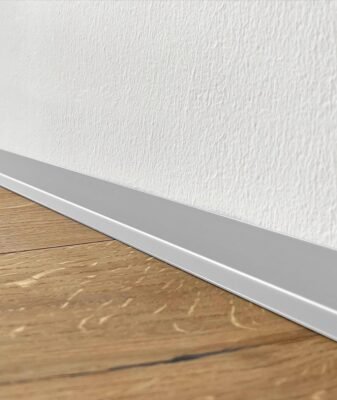
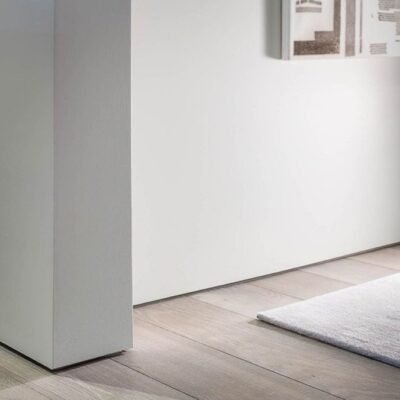
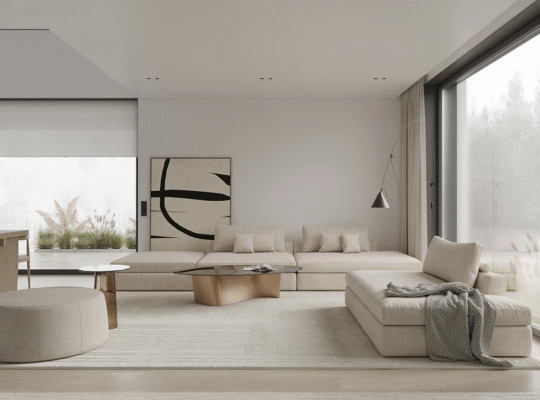
Practical Considerations for Installation and Selection
Implementing hidden skirting boards in a minimalist renovation requires thoughtful planning, but the process is straightforward and rewarding. Selection begins with assessing your space: for high-humidity areas like bathrooms, prioritize water-resistant options such as aluminum profiles. In living areas, MDF variants offer cost-effective painting to match wall hues, ensuring invisibility.
Installation typically involves creating a shallow recess in the wall during the drywall phase, anchoring a base profile, and snapping on the visible (yet hidden) trim via a push-fit mechanism. This method minimizes disruption and achieves a professional finish without visible fasteners. Professionals recommend consulting with architects early, as retrofitting can be challenging in existing structures—though clip-on systems have made DIY adaptations more feasible.
Budget-wise, hidden skirting boards range from affordable MDF at $5-10 per linear meter to premium aluminum at $20-40, depending on customization. The investment pays off in the long term through reduced maintenance and elevated property appeal.
Real-World Applications and Trends
Consider a case study from modern Australian architecture: a Sydney loft renovation where shadowline hidden skirting boards transformed a dated apartment into a minimalist haven. The flush design allowed for floor-to-ceiling cabinetry, concealing storage while preserving the room's airy feel. Similarly, European trends in 2025 emphasize "smart" integrations, like hidden skirtings with embedded sensors for ambient lighting, further blurring boundaries in tech-savvy minimalist homes.
Looking ahead, innovations in sustainable composites—recycled plastics mimicking timber—promise to make hidden skirting boards even more accessible, reinforcing their status as a future-proof choice.
Conclusion: Elevating Your Minimalist Vision
Ultimately, hidden skirting boards are the unsung heroes of minimalist renovation, bridging aesthetics and utility to craft environments that feel both luxurious and effortless. By prioritizing these elements, renovators not only adhere to minimalist ideals but also future-proof their spaces against evolving design preferences. Whether embarking on a full overhaul or subtle updates, incorporating hidden skirting boards ensures a cohesive, enduring result that captivates and comforts.
In summary, from their seamless integration to multifaceted benefits, hidden skirting boards undeniably enhance the purity and practicality of minimalist interiors, making them an essential consideration for any forward-thinking homeowner.
Our Products
Latest Articles
Get A Free Sample
Try out the products you are interested in and get free samples. See the quality for yourself and let’s start working together right away.
Get In Touch Today
After you fill out the form, We will contact you within 24 hours.
The first objective will be to understand your needs, then develop a business plan together and provide you with the best pricing!
Address
Workshop No. 3 (Self - designated), Sizhong Industrial Zone, Dazhen Community, Dali Town, Nanhai District, Foshan City
Tel
+86 13392243769
+86 13392243769
senmry@vip.163.com


